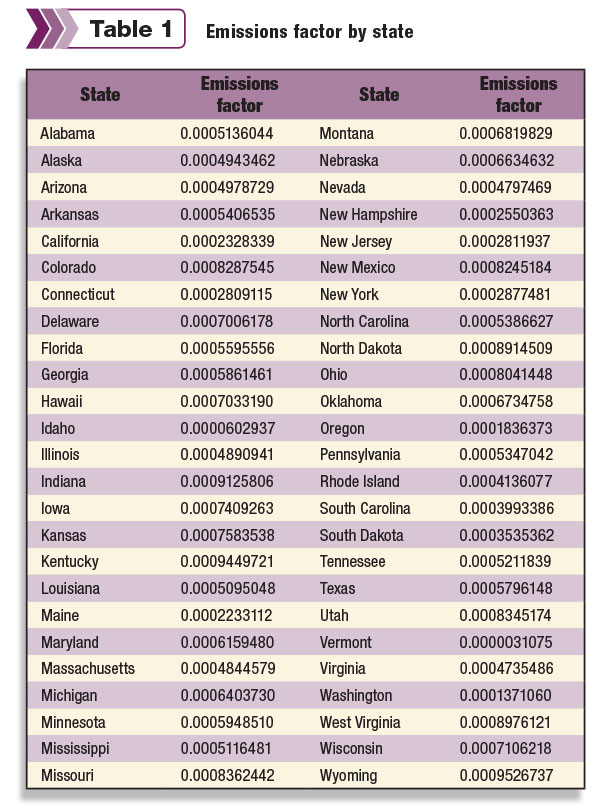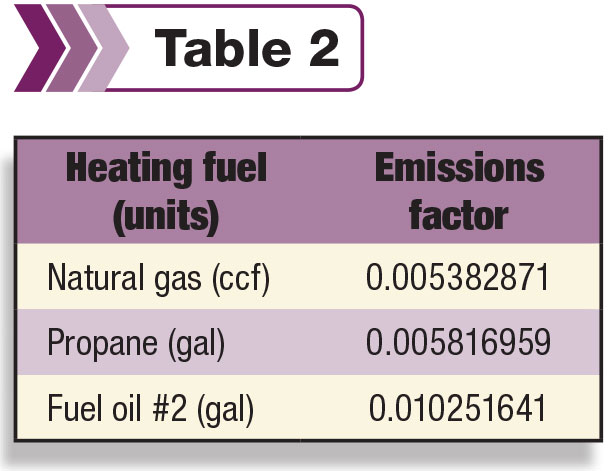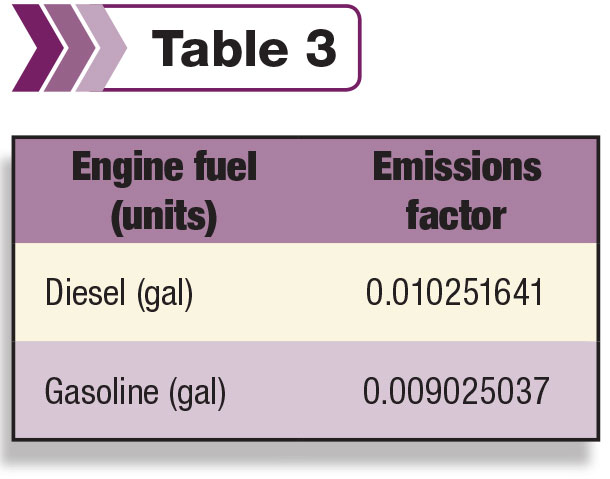Greenhouse gas emissions are made up of three major components: carbon dioxide (CO2), nitrous oxide (N2O) and methane (CH4).
The combined measurement of these gases together is what is often referred to as a “carbon footprint” and most commonly expressed in terms of metric tons carbon dioxide equivalent, or mtCO2e.
All sectors of the economy are trying to get a better handle on contributions to greenhouse gas emissions and take steps to reduce their carbon footprint. You may even be aware of the Innovation Center for U.S. Dairy’s efforts to reduce the carbon footprint of the entire dairy industry 25 percent by 2020.
Much of the focus of the dairy industry’s carbon footprint has been the methane emitted by cows, and many dairies have already installed methane digesters to generate electricity on-site and reduce emissions.
If you’re not quite ready for a digester on your farm, there are still ways to save money and reduce your carbon footprint by looking at the energy used on your farm and taking steps to improve the efficiency of your operation. Fortunately, it can be easier and more cost-effective to control emissions from the energy you consume than to control the methane output of your herd. Energy efficiency is a good first step in generating some immediate cost savings from your dairy.
There are some simple tools available to help dairies learn the impact of their energy use. Understanding the emissions from these sources is important to understanding your operation’s total carbon footprint.
Your carbon footprint from electricity use is a function of your location in the U.S. and the composition of the power plants providing your electricity minus any renewable electricity generated on your property. For example, coal-fired power plants generate more emissions than nuclear or hydroelectric plants, so your carbon footprint can vary widely based on the methods your electric utility uses to generate electricity.
The EPA tracks the carbon footprint associated with electricity generation through its Emissions & Generation Resource Integrated Database (eGRID) program, which can be found online on the EPA's website. If you know how much electricity you purchase in a year, you can use Table 1, derived from the latest iteration of eGrid reporting. Here’s how to use it:
- Look at your electric bills and add up the amount of electricity (in kilowatt-hours or kWh) you purchased in the past year.
- Find your state in Table 1.
- Multiply your total electricity use by the emissions factor listed for your state. This will show your carbon footprint from electricity, measured in mtCO2e.

For example, if you are located in Wisconsin and use 70,000 kWh per year, your carbon footprint is 49.74 mtCO2e. If you use the same amount of energy at a dairy in Oregon, you generate only 12.85 mtCO2e. Your location and the fuel mix used to generate your electricity can have a significant impact on the overall carbon footprint of your electricity use.
If you use heating fuels for heating water or heating your milking parlor in winter, you can also determine your carbon footprint associated with these fuels. As with electricity, if you know how much heating fuel you use in a year, you can use Table 2 to determine your carbon footprint from heating fuels. Here’s how to use it:
- Look at your fuel bills and add up the amount of heating fuel you purchased in the past year.
- Find your heating fuel type in Table 2.
- Multiply your total heating fuel use by the emissions factor listed for your heating fuel. This will be your carbon footprint, measured in mtCO2e.

The EPA also provides emissions factors for engine fuels, like diesel and gasoline. Table 3 can be used to calculate the carbon footprint from these fuels in the same manner as Table 2. 
This information can provide a good starting point for understanding the impact of your energy use on the farm. Fortunately, reducing the carbon footprint from your energy use is easy to do, and there are many cost-effective steps that will begin saving your dairy money right away. An energy audit can identify the specific actions you can take to reduce your energy use, which can then reduce your overall energy costs and corresponding greenhouse gas emissions. PD
David Deforge is product manager for EnSave. David leads EnSave’s database development and data analytics work, and helps the company use data to assist farms in pinpointing farms pinpoint the greatest energy-saving opportunities.





